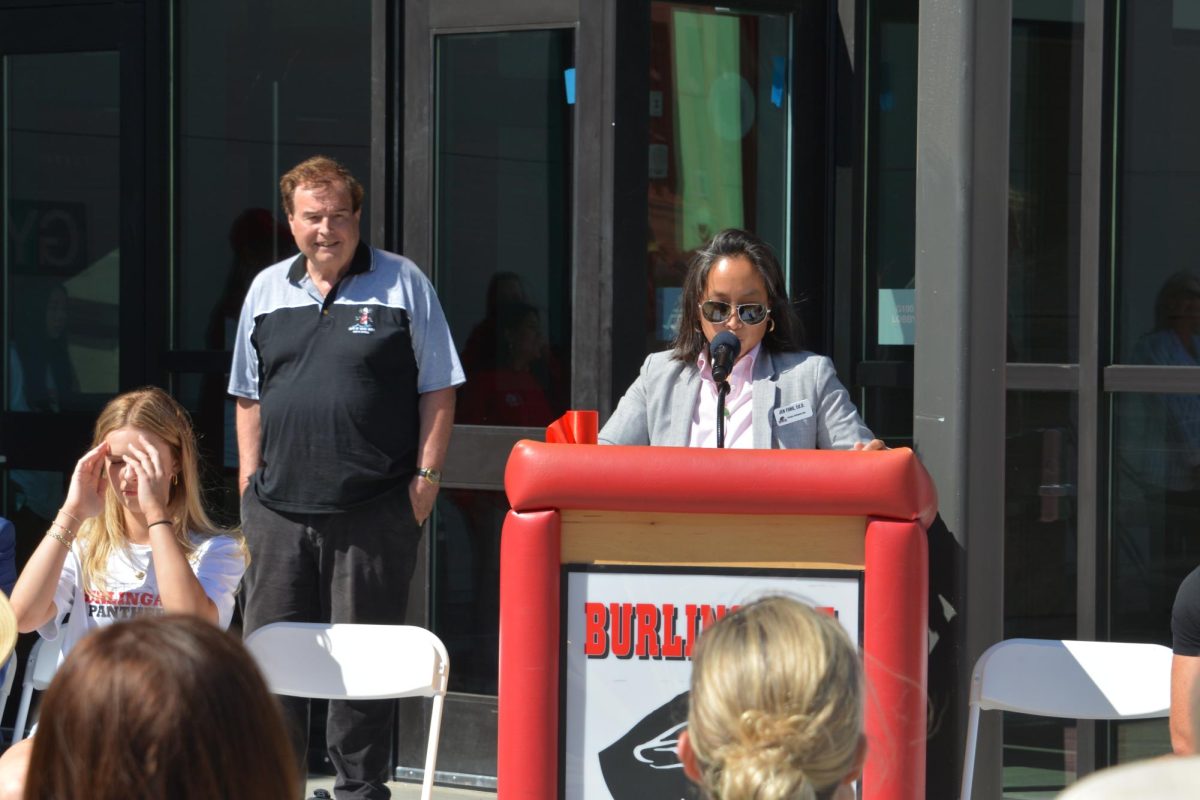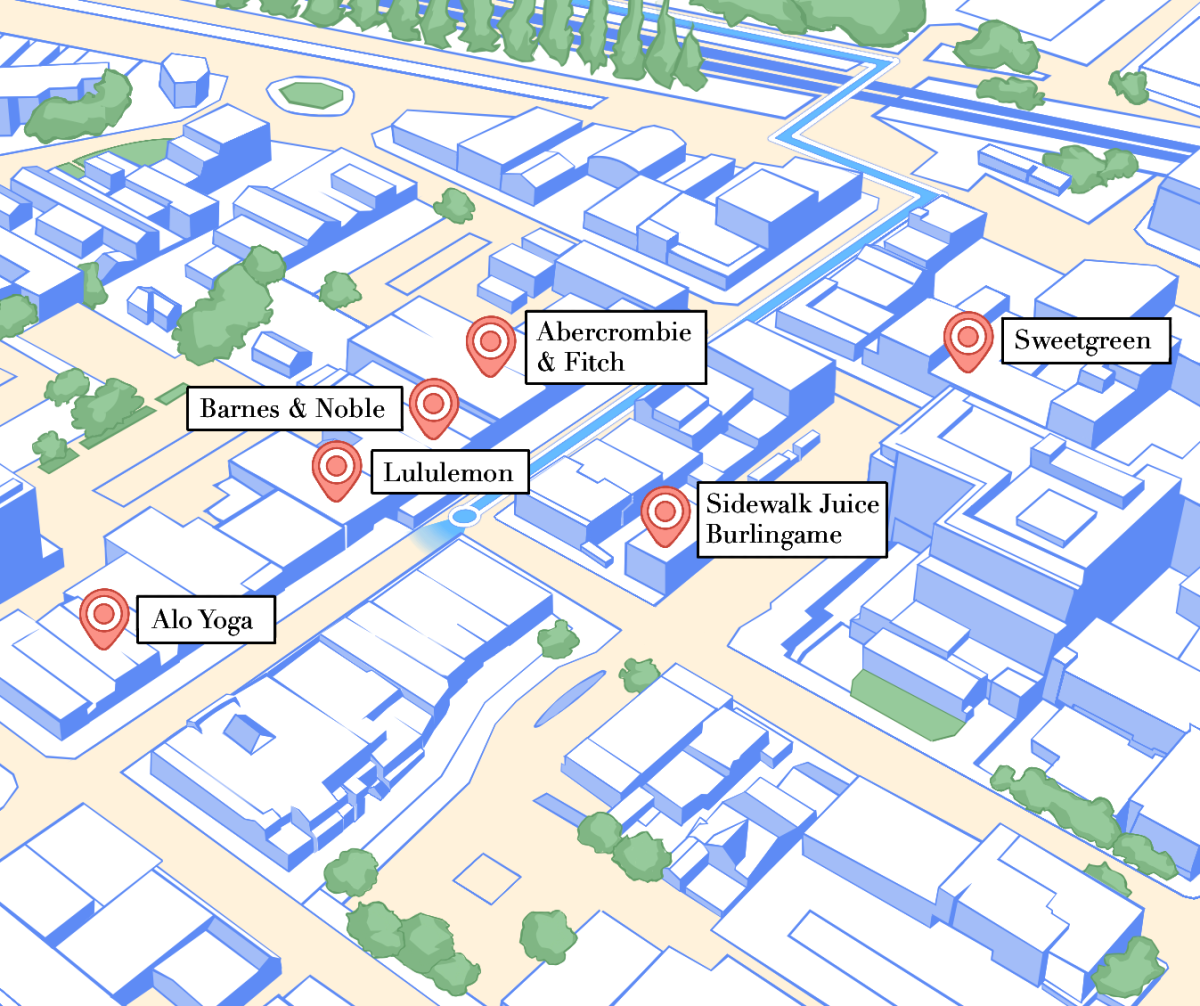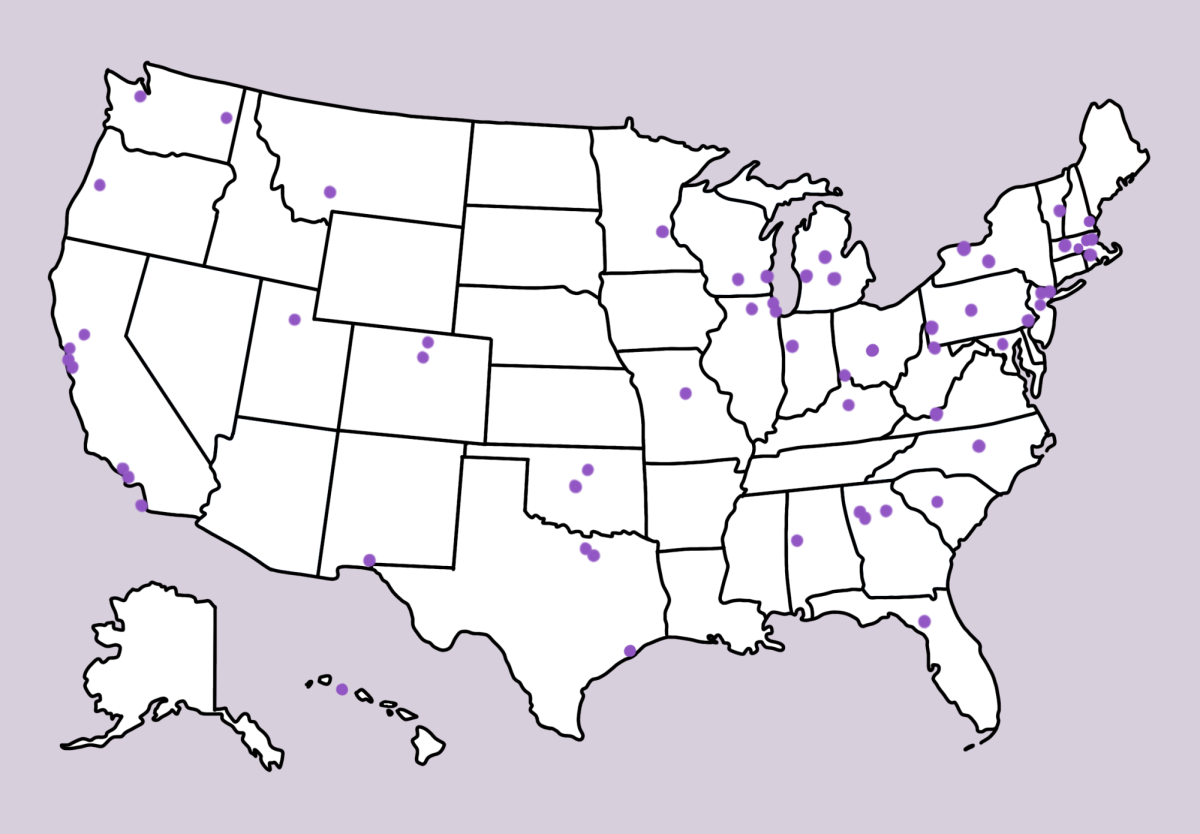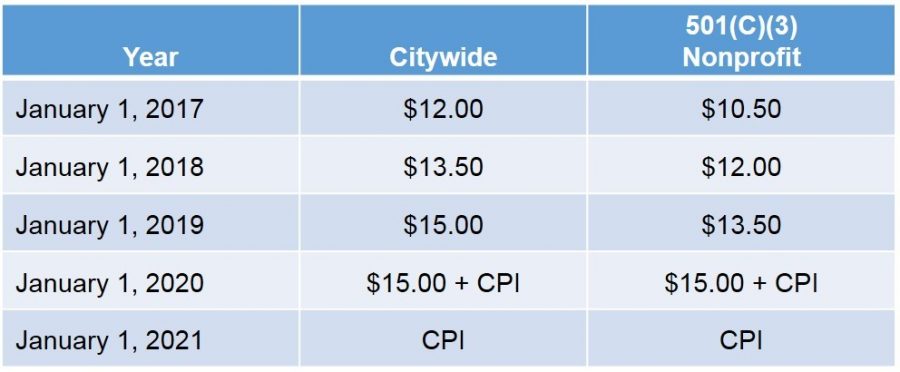Burlingame needs a minimum wage ordinance
While California’s and thus Burlingame’s minimum wage will increase to $15 an hour by 2023, San Mateo has already hit that mark due to its own minimum wage ordinance. (Photo courtesy of the City of San Mateo)
February 20, 2019
While Burlingame’s cost of living is exorbitant, even for California, its minimum wage is shockingly average. The current standard at the federal level is $7.25. According to CNBC, California is the second-most expensive state, with San Francisco and the Peninsula having the highest expenses in the region. In Burlingame, a one-bedroom apartment easily goes for well over $3,000 a month in rent. Only Hawaii, a tiny, isolated set of islands, could beat the third-largest state in the country. Something’s gotta give.
California’s minimum wage is $12 for businesses with 26 employees or more and $11 for smaller businesses. While this is substantially higher than the countrywide regulation, it is not enough to compensate for the Bay Area’s higher cost of living. Not only minimum-wage employees struggle. The San Mateo Union High School District, after some delays, is again exploring the possibility of building housing for its teachers. Many district faculty members struggle to keep up with the local Silicon Valley-enhanced costs of living. Some people who work in the Bay Area have given up on living here at all; many commute to San Francisco or its suburbs from as far as Stockton, which is over two hours away by car but much less pricey.
Enter minimum wage ordinances. Twenty-six cities and one county in California have set their own higher standard for wages in their area, and 20 of these cities in the Bay Area. San Mateo’s minimum wage is $15 except in the case of 501(C)(3) nonprofit organizations, which must pay their employees $13.50 per hour.
As Burlingame’s neighbor, San Mateo’s dedication toward fairer wages has implications for the substantially smaller town of Burlingame. Essentially every business in Burlingame is perennially hiring since it is difficult to attract and maintain employees. Most residents are either professional middle-aged adults, retirees or children. Young people willing to work for minimum wage simply cannot afford to live in the area alone. The other classic demographic of people working minimum-wage jobs are high school students looking for part-time work. However, Burlingame students who live close to the borders between the two towns or who can drive will often work in San Mateo, allured by the promise of more money in less time. Employees have to settle for whoever they can get, meaning that the service on Burlingame Avenue and other commercial areas is doomed to be subpar.
Burlingame can and should create its own citywide minimum wage ordinance. While many of the cities that have done so are greater in population, towns like Menlo Park and Los Altos also have around 30,000 residents and have their own regulations regarding wages. Even Emeryville, a town of 10,000 next to Oakland, has raised its minimum wage to $15 at the least and $15.69 for large businesses.
As an affluent town, Burlingame has the responsibility to help those who cannot earn as much. The wages must reflect the real-life Peninsula experience, or Burlingame will stay a heavy commuter town where shops cannot stay open reliably. If businesses cannot afford to pay a minimum wage that matches the context of the area, the businesses are not running ethically or correctly.
















































Terry Nagel • Aug 30, 2019 at 11:14 pm
Well said, Tekla! And a very well-written piece.